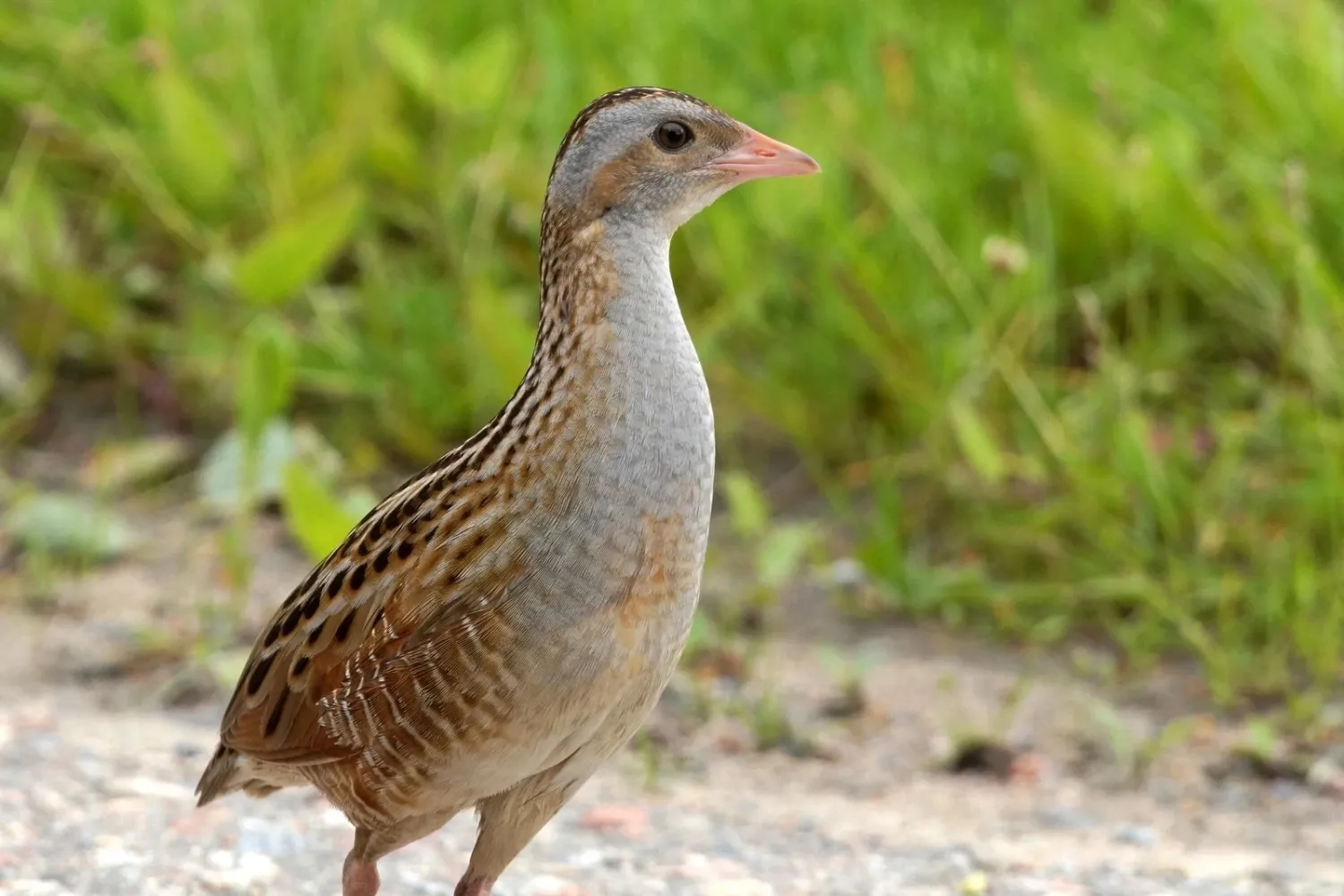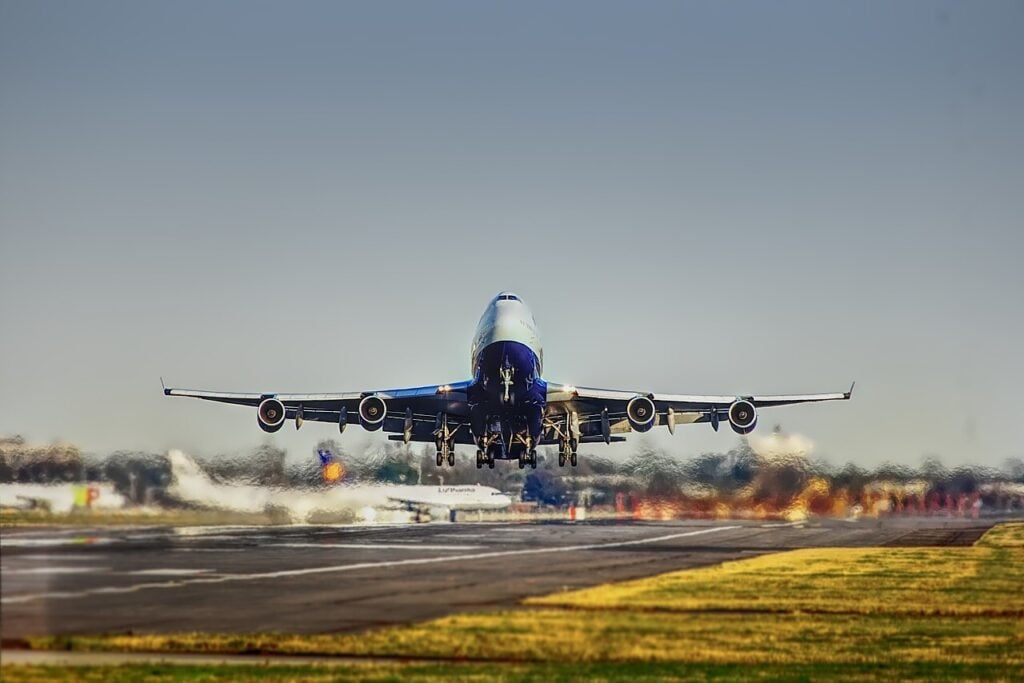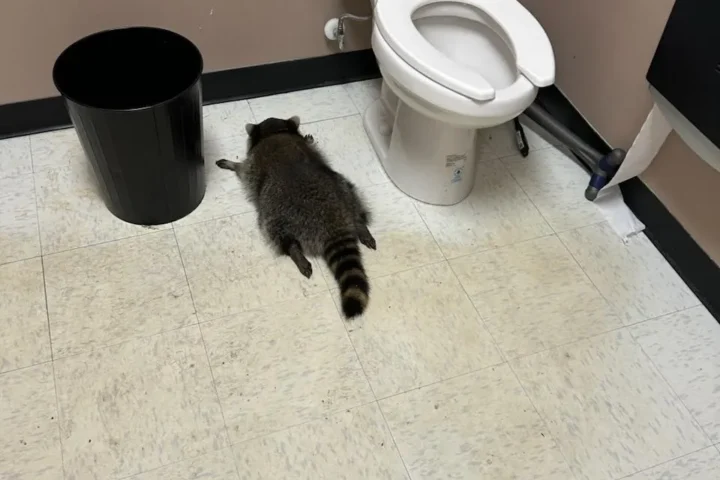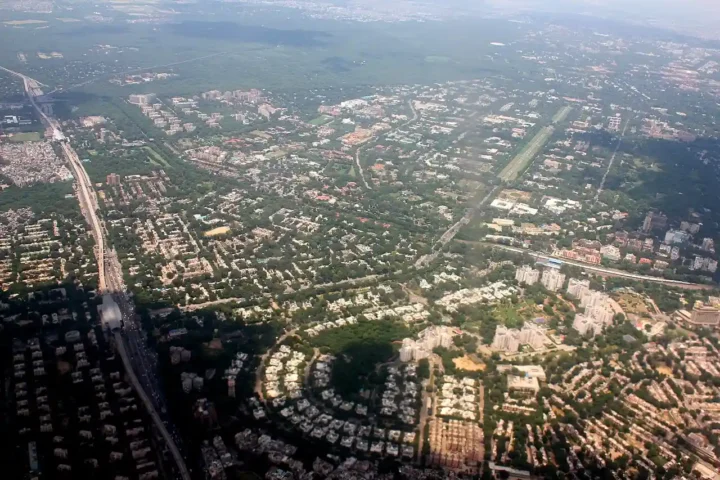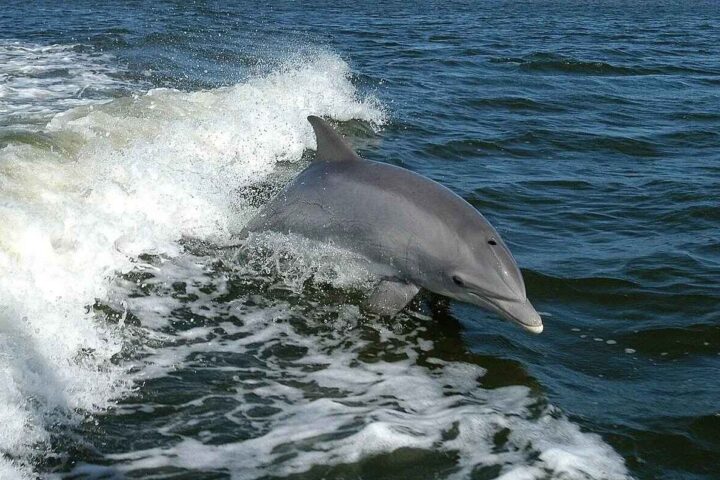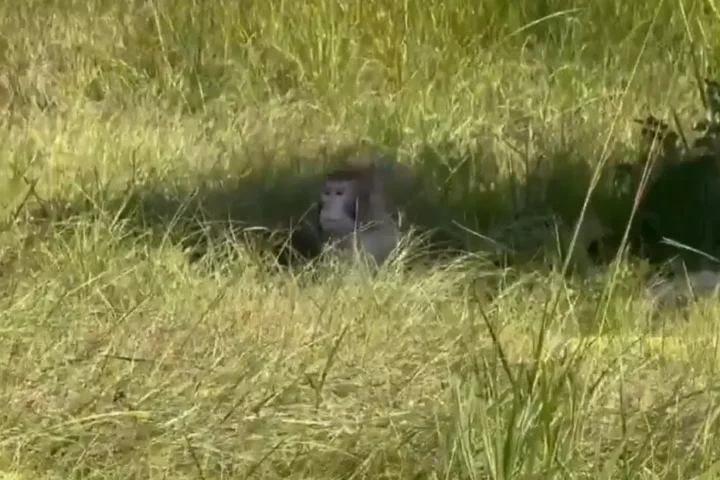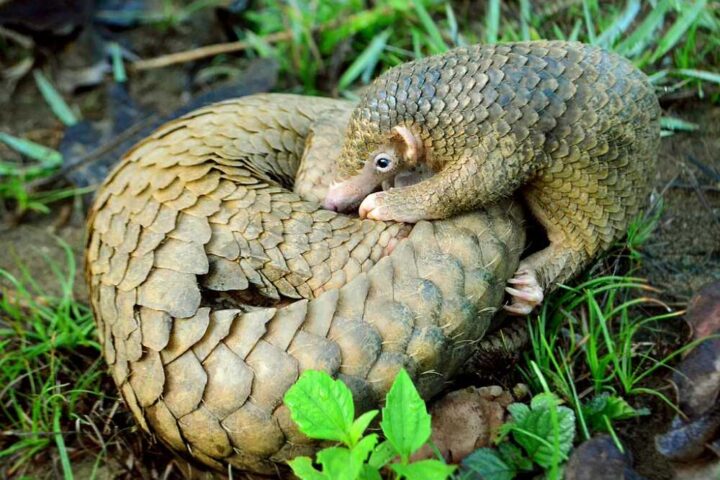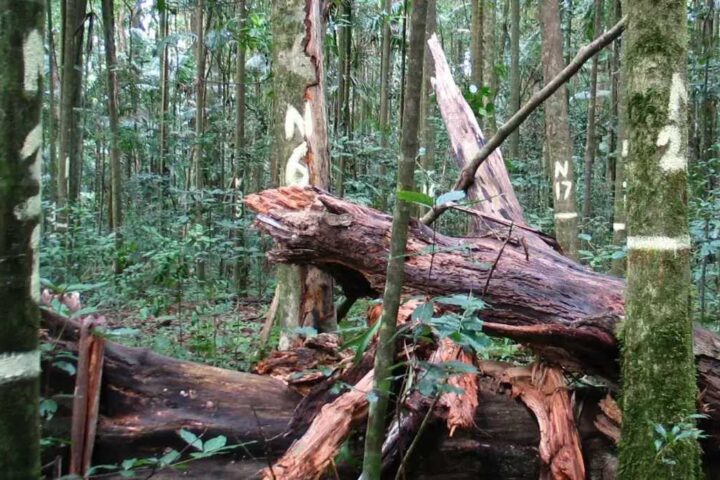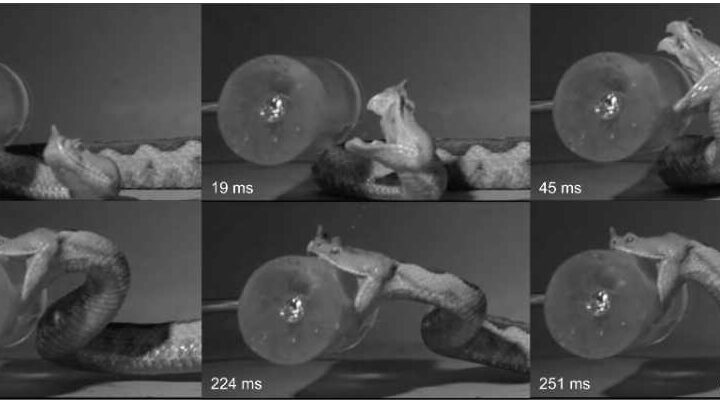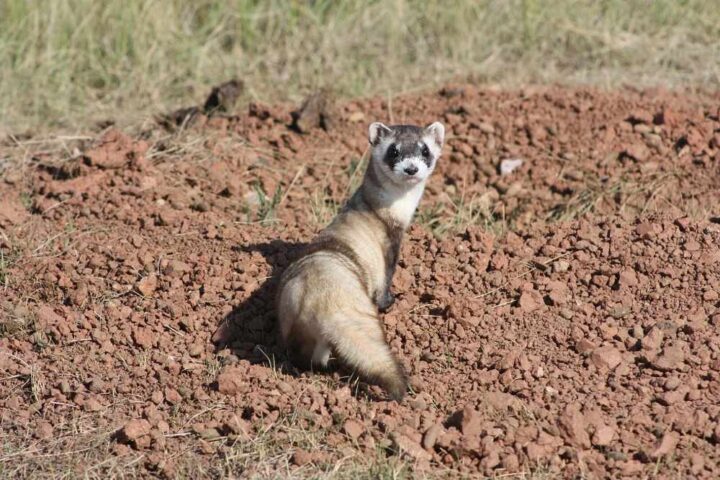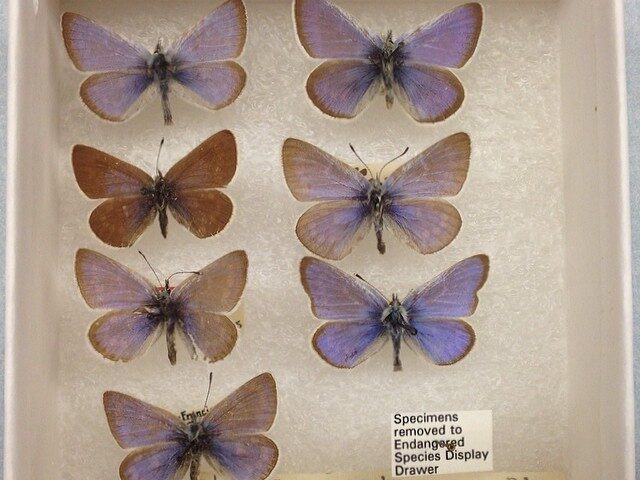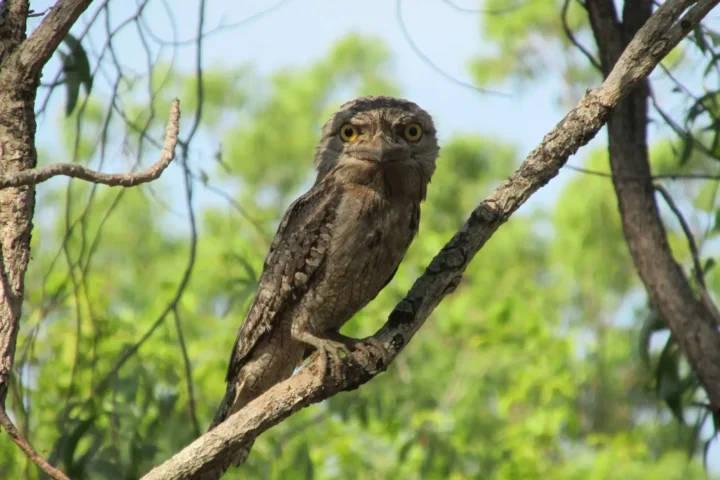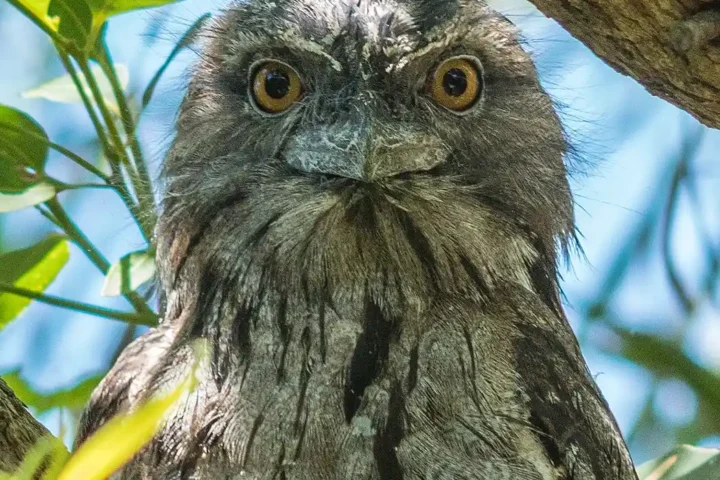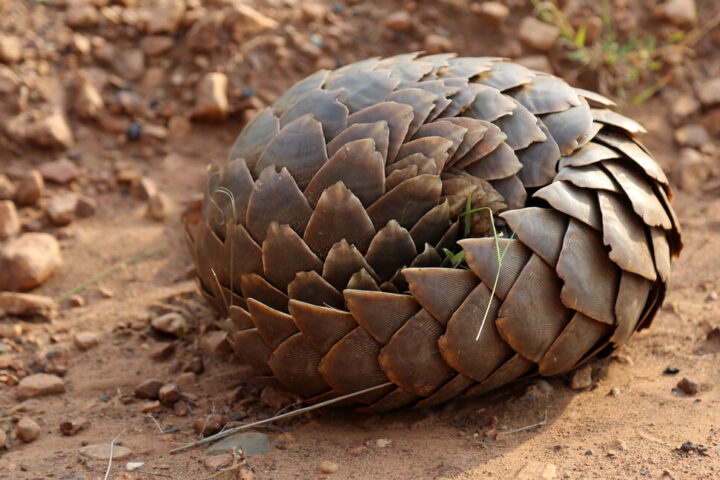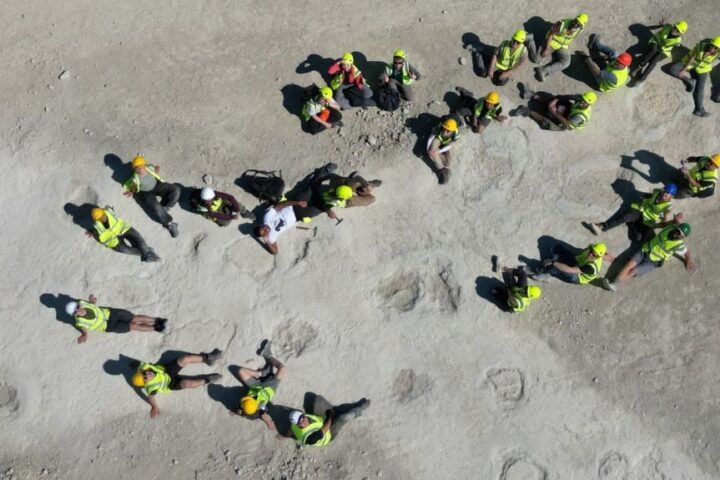Six calling male corncrakes have been recorded on Rathlin Island this breeding season, marking what RSPB Northern Ireland calls a “record-breaking” return for the once-common bird. This is the highest number counted in recent memory, showing significant progress after the species faced extinction in Northern Ireland during the 1990s.
The corncrake, a secretive bird known for its distinctive rasping “crex-crex” call, has seen its population fall sharply across the UK and Ireland since the 1970s. This decline led to the bird being placed on the UK’s red list of threatened species.
Currently, corncrakes are only confirmed to be breeding on Rathlin Island in Northern Ireland, making this conservation achievement particularly significant.
The return of these birds is largely credited to RSPB NI’s “Giving Corncrake a Home” project, which began in 2010. The project focuses on creating suitable breeding habitats by planting nettle rhizomes that provide early, dense vegetation cover essential for nesting corncrakes.
Similar Posts
Liam McFaul, RSPB NI Warden on Rathlin Island, witnessed the bird’s decline firsthand over decades.
“When I was growing up, corncrakes were everywhere, you couldn’t step outside without hearing them. Now, even one call is rare,” McFaul said. “That’s why creating early cover with nettle rhizomes is so important. Without it, corncrakes could have disappeared from Rathlin for good.”
The conservation efforts have shown steady progress since the first corncrake returned to Rathlin Island in 2014. The bird’s return that year marked a turning point after their near-disappearance from Northern Ireland.
Each spring, corncrakes make their journey back from central and southern Africa where they spend winter. Upon their April arrival on Rathlin Island, they find little natural tall vegetation available. The planted nettles grow quickly and provide crucial cover for the birds’ first brood. They typically have two broods per breeding season, with the second brood nesting in the center of fields once grasses have grown taller.
The bird’s decline is linked to changes in farming practices, particularly the shift from traditional hay meadows cut late in the season to earlier and more mechanized silage harvesting, which destroyed nests before chicks could fledge.
Claire Barnett, who serves as RSPB NI’s East Area Manager, views the corncrake’s comeback as a personal milestone in her conservation career. She worked on the project a decade ago as a Senior Conservation Officer.
“I remember being out on Rathlin in 2014, walking the fields and hearing the corncrake call as they were becoming re-established,” she said. “It was a moment of hope, but I never imagined we’d one day be hearing six. It’s incredible. This is down to years of hard work by our team, the community and volunteers.”
The RSPB NI team isn’t stopping at six. “We’re aiming for ten calling male corncrakes on Rathlin, and with the right habitat and care, we’re confident we can get there,” Barnett added.

RSPB staff work together with volunteers, local landowners, and farmers on this initiative, jointly managing the land to create suitable conditions for these rare birds.
While this year’s count represents significant progress, conservationists continue their monitoring throughout the breeding season, which runs from April through August, to protect these vulnerable birds.
